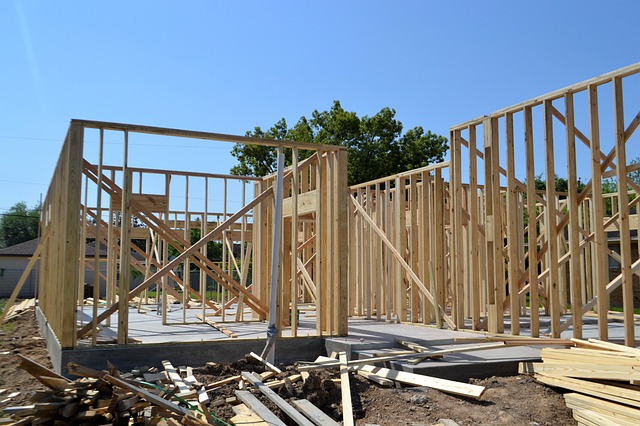Predictions for Housing Industry Trends in 2020
As the year winds down, it seems only appropriate that we take some time to reflect on the past year and try and predict what the next year will bring for the housing industry. At the end of 2018 there was a lot of talk about the pending shortage of attainable housing. This issue was discussed at great length at the last International Builders’ Show with several sessions dedicated specifically to this topic alone. Further, Builder Magazine predicted that, “With a shortage of attainable housing in many markets across the country, addressing the “missing middle” segment will offer significant opportunities for home builders in 2019.” We predict that the opportunity to address the needs of the ‘missing middle’ segment will continue to be a trend for home builders in 2020.
Other trends that we are predicting based on our own experiences as well as research from John Burns Real Estate Consulting, Meyers Research, Forbes, and others include:
- Affordability will drive many trends including housing size, location, and inhabitants. For example, predictions are out there that we will see more “tiny house” communities, the continuation of suburban growth (where Millennials can afford to buy), and more co-living.
- Along with the migration of Millennials and other first-time home buyers to the (more affordable) suburbs, we see an increase of live-work-play communities. Neighborhoods that blend the affordability of the suburbs with the convenience and amenities of the city: otherwise known as “hipsturbia” communities. The Urban Land Institute coined this term, hipsturbia, and as named it as a top real estate trend to watch in 2020.
- Technology will become an even more important component of the housing industry. As more tech-savvy Millennials enter the market, we will see the entire mortgage and real estate sectors digitize. This market segment will demand lenders innovate to provide a more ‘Venmo-like’ experience.
Other trends that we’ve been discussing among our staff include:
- Small communities versus large developments. Is there a future for both? How does this look for our builder-partners?
- The limited impact of technology on the home buying experience. We believe that technology will very much impact the mortgage aspect of home buying (as mentioned above). And, that technology can help attract the buyers. However, we still believe that our need to touch, feel, and personally experience the product is what closes the deal.
We’d love to hear your thoughts and predictions, send us a message and let us know! Here’s to an exciting new year full of opportunities, challenges, and growth for us and all our partners alike.






